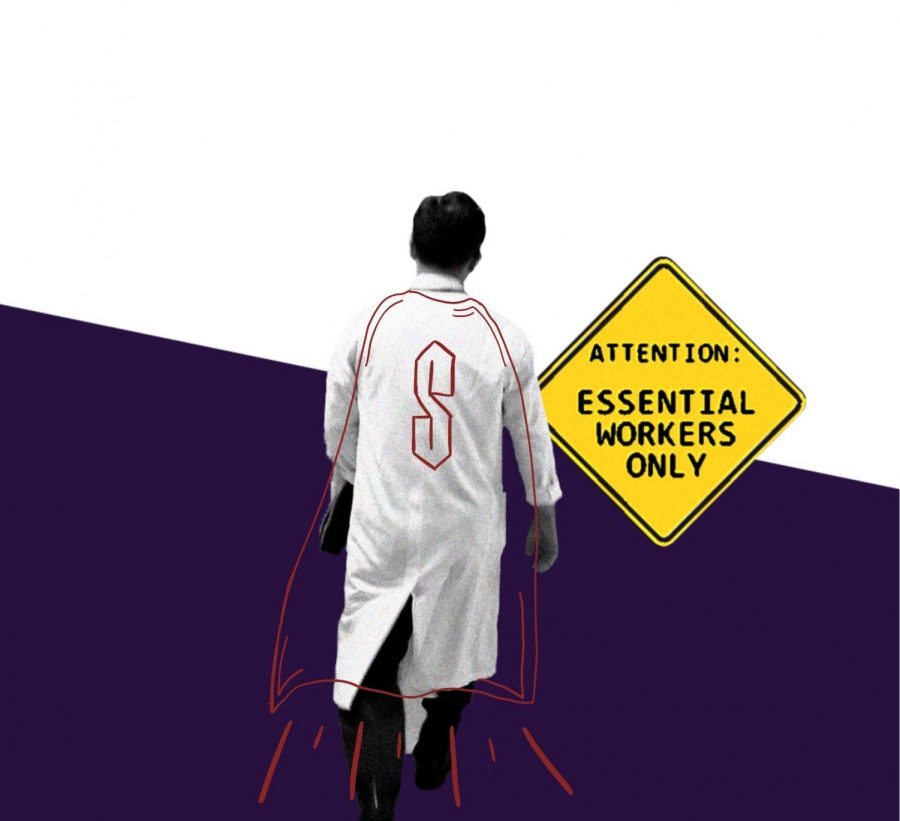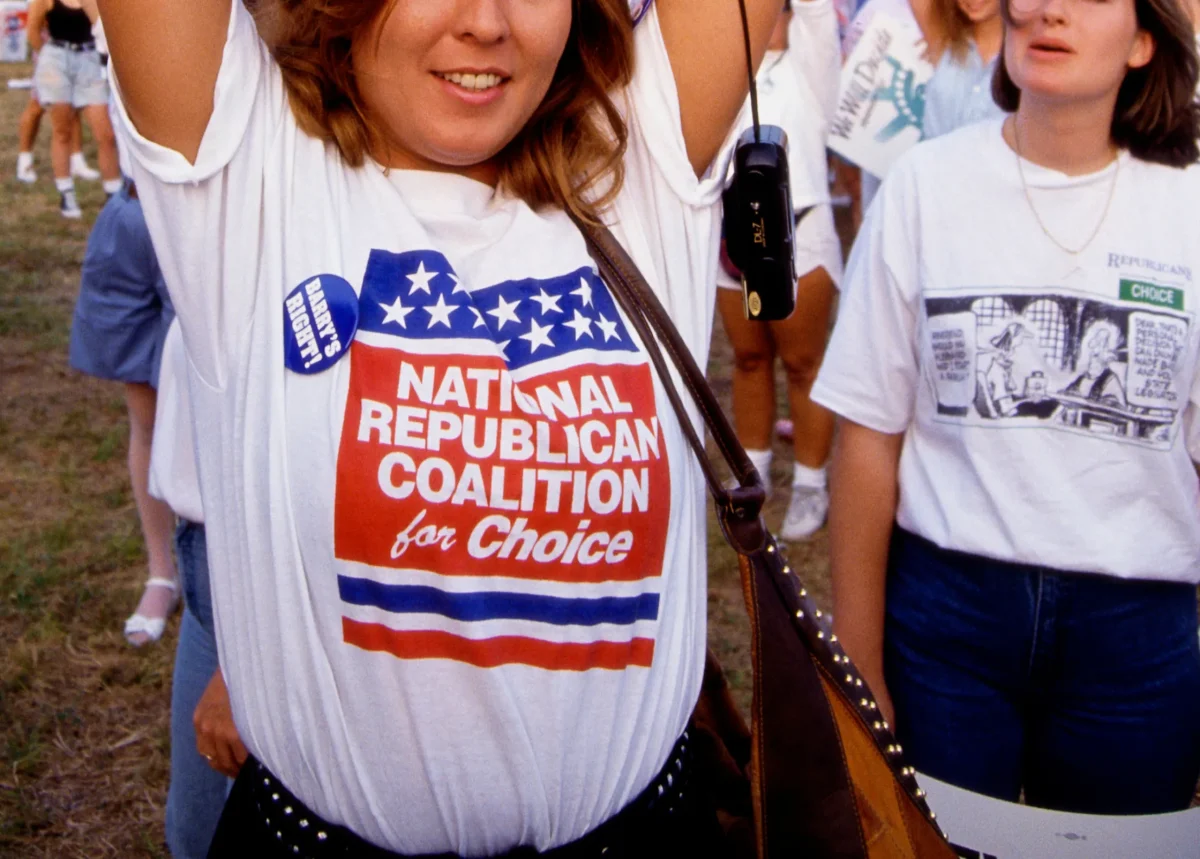The first part of my article series on fraternities and sororities published last week talked about the size and influence of Greek organizations on campus.
The second part will discuss the problems of fraternities and sororities and ways in which fraternities and sororities can choose to change to become more in line with Saint Louis University’s mission.
In a New York Times debate in 2011, one writer recounted the saying from a former mentor, “Fraternities (and sororities) are a microcosm of American society.” I would argue the same thing. The problems of Greek organizations are therefore reflected in American society, and vice-versa.
The first problem is a lack of racial, socioeconomic, religious, and experiential diversity. I challenge anyone in a social fraternity or sorority to look around at their next chapter meeting and think about what identities you see among the faces of your brothers or sisters. I’ve heard that diversity is a goal for many, if not all, fraternities and sororities, and that recruiting people who are different than the undeniable norm is an admirable goal.
I just don’t think any group is really trying that hard. There have been numerous studies that suggest fraternities and sororities both attract, and recruit members most like themselves. That means that students who have an affinity for sororities or fraternities are both pushed by their own experiences to Greek organizations, and pulled into the group by these same organizations. So essentially these organizations have a cycle where like-minded and similar people in appearance, faith, sexuality, socioeconomic status, and experience are joining every year.
It’s important to note too that many Greek organizations were, in the case of fraternities, founded either before women could attend colleges, or, for both fraternities and sororities, before schools were desegregated. These institutions were literally founded on male and white privilege. There still hasn’t been much change according to one SLU student: “These organizations are [still] sustained on the ideals of celebrating racial and socioeconomic privileges, all of which are things that this University espouses to reform.”
To illustrate this point of privilege, I extend the example of Beta Theta Pi’s national organization. Beta Theta Pi published a magazine detailing the demographics of their fraternity in the spring of 2014. The title of the lead article states, “Beta undergrads are: White, Christian, Conservative, Straight, American, Wealthy and Urban.” After showing statistics that did back up the claim that most Betas were, in fact, white, Christian, conservative, straight, American, wealthy and urban, the writer claims that this effort, “was never about creating or obstructing diversity. This was always about brotherhood,” (author’s emphasis).
Brotherhood would be wonderful if the table they sat at back in 1839 had not disallowed anyone that wasn’t white, Christian, and straight. As seen by the demographics of Beta, and every other social fraternity and sorority, these legacies of privilege are not easily erased.
This problem is tough to correct; exclusion is literally a historical tradition for most of these organizations. That doesn’t mean change is impossible. The first step towards change is recognizing that exclusion is practiced within these organizations, consciously or not. The demographics don’t lie. The second step is correcting this legacy. It would be helpful if a panel of leaders in the Greek community could hold an open forum for the entire SLU community on ways that every chapter recruits new members, what each chapter’s stated values are, and then to discuss candidly how both could become more accommodating to others.
The second problem is not unique to fraternities and sororities, but certainly worthy of discussion. That problem is sexual assault, harassment, and other misconduct. Numerous studies have shown that “the population on college campuses with the highest likelihood for committing rape is fraternity men,” (NY Times). Before I start hearing “Not all fraternity guys commit rape”, I know. However, from my own experiences I have seen a great deal of ignorance among many at SLU (sorority and fraternity members included) regarding questions of rape and consent.
At a Title IX talk given to the Greek community last year, the students were presented with a skit concerning a potential case of sexual assault. The answers and questions from the Greek community showed a dangerous misunderstanding of who was at fault, often resorting to blaming the woman for drinking, as opposed to blaming the man who hypothetically raped her in the skit. As a member in the Sexual Assault Prevention Assembly, the ignorance, as well as the whooping heard from men when anyone said the girl should share the blame, disturbed me.
What could be done SLU-wide, not just limited to fraternities and sororities, are separate classes for men and women immediately upon arrival to SLU. For everyone, these classes would entail learning exactly what the terms consent and rape mean in a legal and in a situational context. Such classes could also help men and women recognize dangerous situations for women as they are happening. Additionally, it could help women become more empathetic and accommodating to their sisters who have been assaulted, creating safe spaces within these organizations for victims.
SLU also needs to do more by creating a physical hope and crisis center for all victims of sexual violence. Currently, SLU has no safe space for victims of assault. Federal authorities are investigating 51 universities due to mishandling of sexual assault cases. Story after story comes out detailing how inept universities are at handling reported cases of sexual assaults. Because SLU is not one of those universities does not mean they are exempt from criticism. There are attackers that have been reported, and many more unreported, who still go to school here. This is entirely unacceptable. Victims need advocates that are knowledgeable of the reporting and legal processes. A hope center can provide that service. Fraternities and sororities can actively support the creation of a hope center to show their commitment to eradicating this epidemic on our campus.
Do all SLU students share a culpability in the continued exclusion of others and sexual violence against fellow students? Sure. We are all responsible for these ills. Nonetheless, I expect better from organizations that so avidly promote brotherhood and sisterhood on a campus purportedly dedicated to social justice and inclusion. These organizations have the resources to actively change the landscape of their own chapters, as well as the community at large. All that’s needed is the will.











